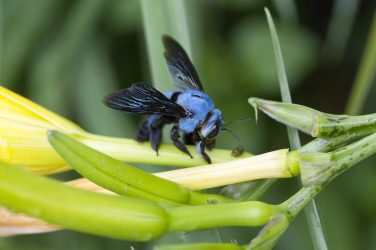An international group of over 150 scientists, gathered in the Global Forest Biodiversity Initiative (GFBI), has achieved an innovative scientific milestone by unveiling the fundamental secrets of global forests.
In one fell swoop, three pioneering studies, published in Nature and Nature Plants, have used artificial intelligence to explore the complex universe of forests.
The mystery of plant invasions revealed
The first study, published in Nature, shed light on the mechanisms that promote the invasion of non-native plants, an issue that has long been neglected despite its potential to transform entire ecosystems.
Scientists, using global tree databases and AI, have revealed the interaction between native diversity, human impact, and the environment in the spread of invasive species.
Surprisingly, human factors play a dominant role in the predictability of invasions.
Forests and CO2: a crucial relationship
The second study, featured in Nature, offered an unprecedented look into the carbon absorption potential of global forests.
The findings reveal a significant carbon deficit compared to the natural potential, highlighting how anthropogenic changes reduce the forests’ ability to absorb CO2.
However, it emphasizes the vital importance of forest conservation and sustainable management in addressing current climate challenges.
Leaves and climate: the third study unveils the future of forests
The third study, published in Nature Plants, deepened the understanding of global variations in tree leaf types.
It revealed how temperature and soil characteristics influence leaf distribution. Predictions indicate that up to 34% of forests will experience climate stress by the end of the century, highlighting the importance of modeling forest ecosystems in response to climate change.
The collaboration between scientists and AI has demonstrated its power in accelerating ecological understanding. Roberto Cazzolla Gatti, a professor at the University of Bologna who participated in all studies, emphasizes that AI is not an enemy but an essential ally in enhancing conservation strategies.









Show Comments